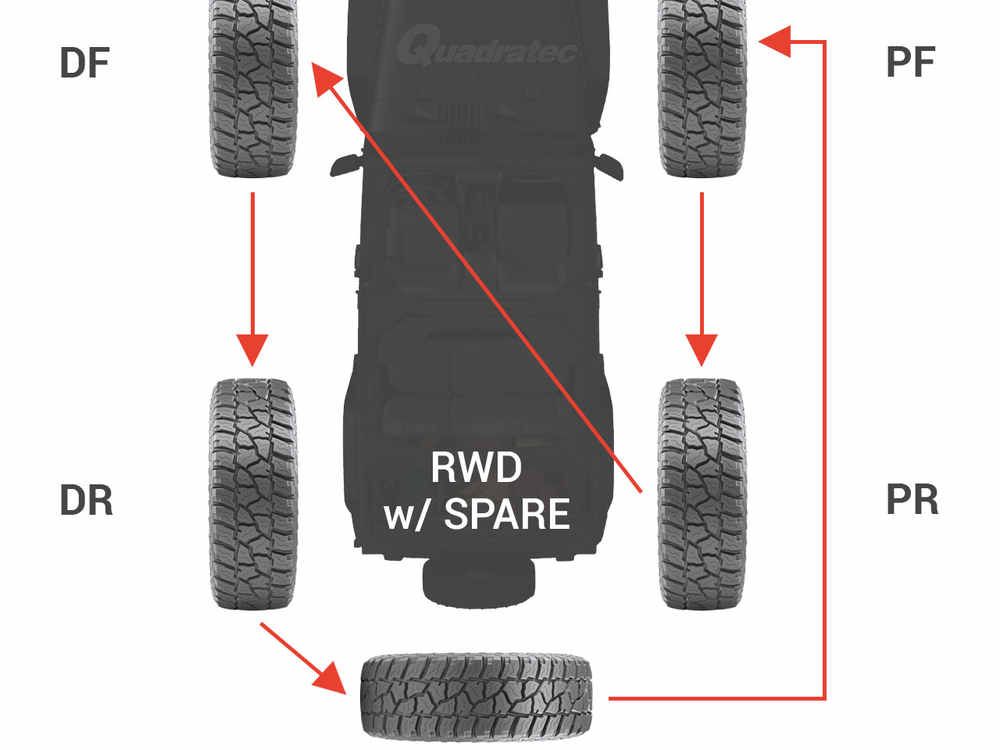05
Oct,
2017
Don't Forget Tire Rotation During Your Next Tire Service!Having your tires serviced is an essential part of proper car care. Tire service commonly includes some fairly basic services including tire inspection and repair (looking for tears and pinholes in your tires), checking and adjusting your tire inflation, and making sure that you have the right tires on your vehicle. One of the commonly overlooked forms of tire service is tire rotation which sometimes falls by the wayside during your tire care.
What is Tire Rotation?A tire rotation involves moving the tires on your car around to different locations so that a different part of the tires touched the road and experiences friction with the road. The friction from the road wears down the tires but typically only touches a portion of the road. By rotating the tires you can reduce the wear on one spot and allocate it to a different part of the tire which lengthens the life of the tire significantly.
While many people worry about how long does a tire rotation take, the answer is a relatively short period of time, typically it takes less than an 1 hour of total time.
How much Do a Tire Rotation Cost?The cost of a tire rotation is often less than $100, but be sure to ask your tire repair technician for the exact quote. This can result in a significant amount of savings by extending the lifespan of your tires significantly.
Remember: Tire rotation is considered a normal part of tire service. Vehicle owners should consider having it done at least once a year to make sure their tires are wearing properly.
Are you wondering about how long does a tire rotation take? Contact our ASE Certified technicians at Dependable Car Care today for more information about tire service and to schedule an appointment. Our auto shop proudly serves residents in the community of Ventura, CA, and surrounding area.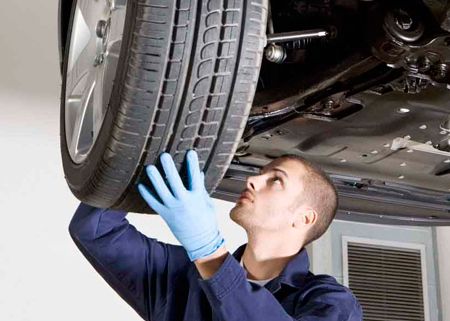
The time it takes for a tire service is worth it for the extended lifespan of your tires. Ask your tire shop about how long does a tire rotation take.
Don't Forget Tire Rotation During Your Next Tire Service!Having your tires serviced is an essential part of proper car care. Tire service commonly includes some fairly basic services including tire inspection and repair (looking for tears and pinholes in your tires), checking and adjusting your tire inflation, and making sure that you have the right tires on your vehicle. One of the commonly overlooked forms of tire service is tire rotation which sometimes falls by the wayside during your tire care.
What is Tire Rotation?A tire rotation involves moving the tires on your car around to different locations so that a different part of the tires touched the road and experiences friction with the road. The friction from the road wears down the tires but typically only touches a portion of the road.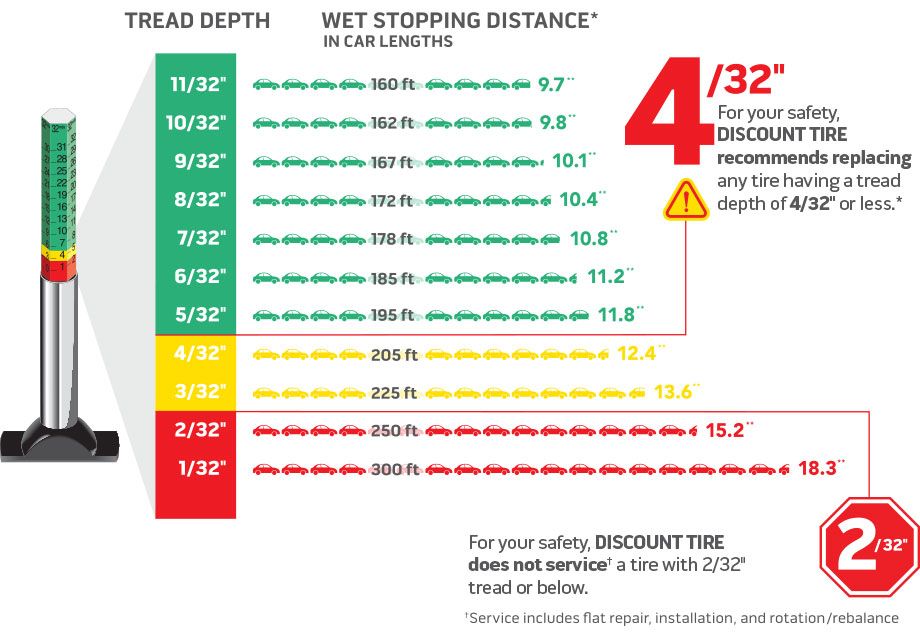 By rotating the tires you can reduce the wear on one spot and allocate it to a different part of the tire which lengthens the life of the tire significantly.
By rotating the tires you can reduce the wear on one spot and allocate it to a different part of the tire which lengthens the life of the tire significantly.
While many people worry about how long does a tire rotation take, the answer is a relatively short period of time, typically it takes less than an 1 hour of total time.
How much Do a Tire Rotation Cost?The cost of a tire rotation is often less than $100, but be sure to ask your tire repair technician for the exact quote. This can result in a significant amount of savings by extending the lifespan of your tires significantly.
Remember: Tire rotation is considered a normal part of tire service. Vehicle owners should consider having it done at least once a year to make sure their tires are wearing properly.
Are you wondering about how long does a tire rotation take? Contact our ASE Certified technicians at Dependable Car Care today for more information about tire service and to schedule an appointment.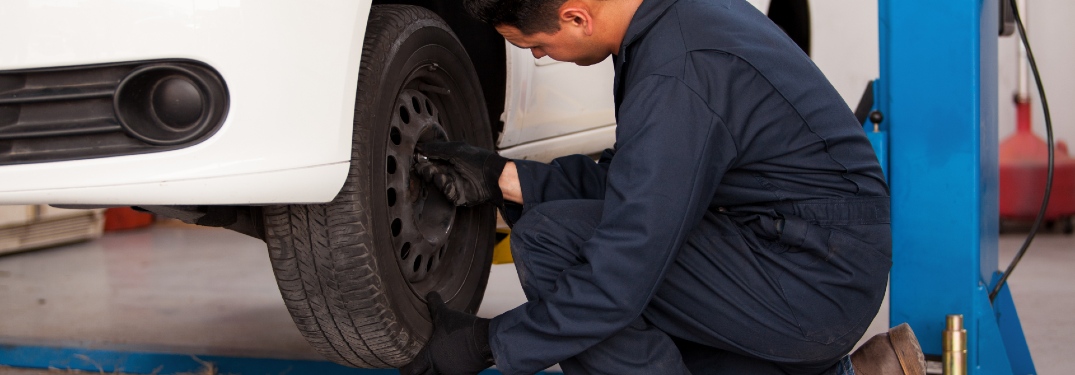 Our auto shop proudly serves residents in the community of Ventura, CA, and surrounding area.
Our auto shop proudly serves residents in the community of Ventura, CA, and surrounding area.
Dan Winter
Dan Winter
For everything you need to know about buying and maintaining tires, click here.
Quick, name the top two safety features on your car, truck, or SUV. Chances are good that tires didn't factor high among the answers. But tires are your vehicle's sole connection to the road. You need to know one of the simplest things you can do to take care of them, so they can take care of you: periodic tire rotation.
"Most drivers don't pay attention to their tires," says Matt Edmonds, executive vice president at the Tire Rack, the largest online marketplace for tire sales in the United States. While tires are his business, Edmonds is under no illusion that tire rotation, a vitally important safety check, is going to get pulses racing.
That's because car tires can seem, well, kind of boring. Most drivers tend not to notice them unless they get a flat. Tires don't have the panache of self-driving technology, the excitement of rubber-burning horsepower, or the feel-good factor of automated emergency braking and blind-spot-monitoring systems.
Too bad, because tire rotation is important when it comes to maintaining the performance and safety of your vehicle. Your tires are, quite literally, where the rubber meets the road, as your tires' contact patches with the pavement are in use during every single drive, in all weather conditions. Well-cared-for tires keep you safe.
Tire Rack
Buy Now
Tire RackTire Rack
Buy Now
Tire RackTire Rack
Buy Now
Tire RackTire Rack
Buy Now
Tire RackDepending on whether the vehicle you're driving is front-, rear-, or all-wheel drive, the tires will wear at different rates. The driven wheels have more work to do and often exhibit quicker rates of wear. A front-wheel-drive car, for example, uses its hard-working front wheels to steer, brake, and put the power down to the pavement (all while carrying the added weight of a front-mounted engine and transaxle).
The driven wheels have more work to do and often exhibit quicker rates of wear. A front-wheel-drive car, for example, uses its hard-working front wheels to steer, brake, and put the power down to the pavement (all while carrying the added weight of a front-mounted engine and transaxle).
“By rotating your tires, you give the tires a chance to even out their wear and get extended life out of your tires,” Edmonds explains. He recommends having your tires rotated about every 3000 to 5000 miles, or at least every time you go in for an oil change. If your owner's manual states that your car doesn't need new oil that frequently, then plan on a tire rotation at least once every six months.
Rotating your tires evens out the wear and makes them last longer.
Proper rotation not only helps even out wear and extend the life of your tires, it provides the perfect opportunity to make certain all four wheels are in good working order.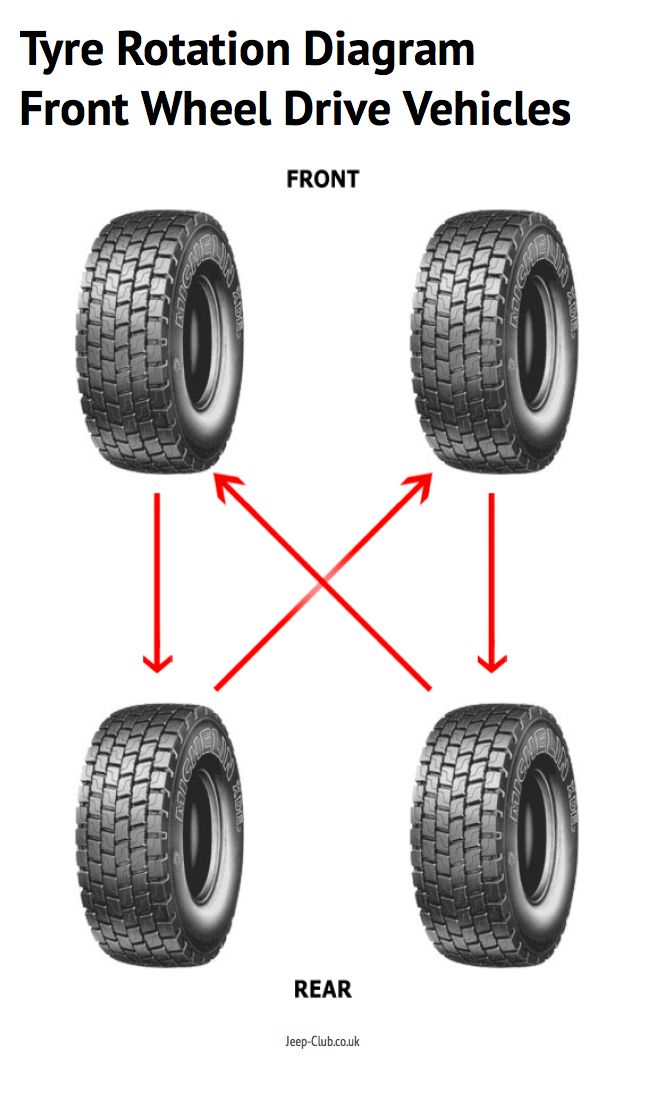 “As we're coming out of winter and going into spring, it's a good time to inspect the tires' outside and inside shoulder for damage, particularly from potholes,” Edmonds says. It's also a good time to check the condition of your wheel rims, which can be bent by hard impacts with potholes—sometimes only on the inboard side of the rim, where you can't easily see it.
“As we're coming out of winter and going into spring, it's a good time to inspect the tires' outside and inside shoulder for damage, particularly from potholes,” Edmonds says. It's also a good time to check the condition of your wheel rims, which can be bent by hard impacts with potholes—sometimes only on the inboard side of the rim, where you can't easily see it.
Two common tire problems that might surface during an inspection include cupping and blistering of the sidewall.
Getty Images
Tire cupping, Edmonds explains, is more common in older vehicles with suspension systems that are aging and in need of repair. This issue presents itself via uneven wear patterns in the tread, which, if ignored, could significantly affect a vehicle's ride, steering, and braking ability while also wearing out tires prematurely.
A blistered sidewall—literally, a bulge in the sidewall—might result from slamming into a deep pothole. "A tear might occur inside the tire when that tire gets pinched. The air could then get into the structure of the tire, and you get a blister," Edmonds says. If unseen or left undiagnosed, this problem could result in a flat tire or a blowout that could cause a serious accident. We suffered 10 pothole-related tire failures recently with one of our long-term test cars, a 2017 Jaguar XE, over the course of its 40,000-mile stay, due to Michigan's cratered road surfaces.
"A tear might occur inside the tire when that tire gets pinched. The air could then get into the structure of the tire, and you get a blister," Edmonds says. If unseen or left undiagnosed, this problem could result in a flat tire or a blowout that could cause a serious accident. We suffered 10 pothole-related tire failures recently with one of our long-term test cars, a 2017 Jaguar XE, over the course of its 40,000-mile stay, due to Michigan's cratered road surfaces.
According to the Tire Industry Association, three tire-rotation patterns cover most of today's vehicles, as long as they are fitted with equal-size tires front and rear and those tires are not unidirectional (meaning they have to rotate in only one direction to function properly).
Rotation pattern for front-drive vehicles: Swap the front tires straight to the rear position on the same side.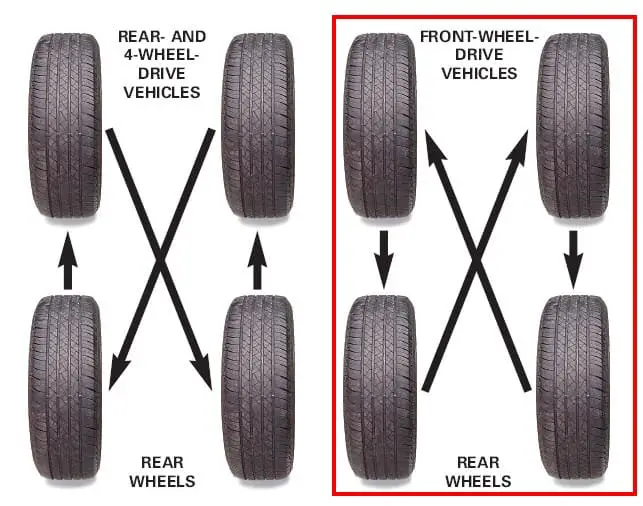 Take the rear tires and move them to the opposite front corner (e.g., the right rear tire gets moved to the left front).
Take the rear tires and move them to the opposite front corner (e.g., the right rear tire gets moved to the left front).
Getty Images
Rotation pattern for rear-drive vehicles: Move the rear tires straight to the front, then move each front tire to the opposite rear corner (for example, move the right front to the left rear).
Rotation pattern for all-wheel-drive vehicles: Crisscross all four tires (move the right front to the left rear, the left front to the right rear, the left rear to the right front, and the right rear to the left front).
By the way, rugged-looking SUVs may be all the rage, but having a vehicle with all-wheel drive doesn't mean you're immune to tire-rotation maintenance. "That is a common misconception," says Edmonds, regarding the idea that all-wheel-drive vehicles automatically have tires that wear more evenly. "All-wheel-drive systems don't always drive all the wheels all the time," he explains, adding that transfer cases and electronically controlled differentials can shift power between the front and rear wheels, depending on the conditions and the drive mode that's been selected. And a vehicle's inherent weight difference between the front and rear can also affect tire wear.
And a vehicle's inherent weight difference between the front and rear can also affect tire wear.
Extra attention needs to be paid when it comes to vehicles with different wheel sizes at the front and rear and those fitted with unidirectional tires—tires that are designed to rotate in one direction only. In many cases, this setup is used on high-performance vehicles, and tire-rotation patterns need to be adjusted to suit. In fact, some of these staggered-tire packages, as they are called, cannot be rotated unless the tires are dismounted and then remounted on the opposite-side wheels. In some cases it may not be worth the time, money, or trouble to rotate the tires.
If you have any doubts about correct tire rotation, consult the owner's manual, inquire at a dealership, or talk to an expert who is familiar with your vehicle and its tires. But whatever you do, rotate them if possible. At the very least, it'll help your tires last longer and will save you money.
Now 15% Off
$119 at Amazon
Now 15% Off
$29 at Amazon
$68 at Amazon
$70 at Amazon
This content is imported from OpenWeb. You may be able to find the same content in another format, or you may be able to find more information, at their web site.
Contents:
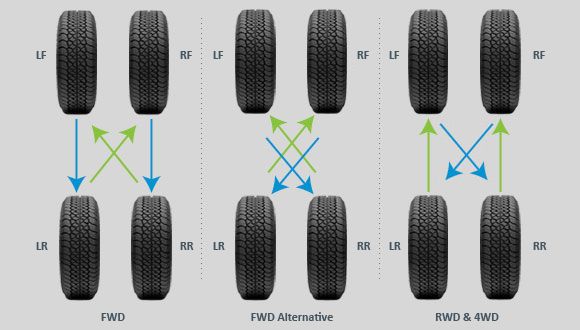 ..
.. Wheel rotation is like a physical exercise. Everyone knows to do it, but getting yourself to actually do it can be a challenge. While we can't really help you with fitness motivation, we have plenty of good reasons why you should swap tires every 5,000-13,000 miles.
Tire wear is inevitable when using a car. The location and extent of wear on a tire's contact patch depends on many factors, including the position of the tire on the vehicle. Keep in mind that each axle of a vehicle faces a different external force. For example, the front tires on a front wheel drive vehicle are regularly subjected to more intense stress than the rear tires. Thus, front tires on a front wheel drive vehicle typically experience accelerated wear compared to front tires on a rear or all wheel drive vehicle. Changing the wheels helps even out the wear on all four tires. If you leave the front tires uninterleaved on a front wheel drive car, they will wear out faster than the rears. Without a proper check, you will end up with two front tires almost or completely at their maximum tread wear, and two rear tires with life remaining.
Without a proper check, you will end up with two front tires almost or completely at their maximum tread wear, and two rear tires with life remaining.
As a result, you will have to replace some tires prematurely. In some cases, while some of your tires may technically retain their remaining life, it will no longer make sense to pair them with any new tires with unworn tread. So you have to throw away not only worn tires, but also tires with remaining service life!
See also: Tire grip coefficient and factors affecting it
Summarizing all of the above, we can list the main reasons for rearranging tires in places:
Tires are absolutely essential to the efficiency and safety of a car. Keeping your tires in good condition with rotation and other simple maintenance will help keep them wearing evenly which directly affects your vehicle's stability, driving predictability and makes it easier to maneuver safely throughout the life of your tires. Tires in poor condition can cause the vehicle to vibrate.
Tires in poor condition can cause the vehicle to vibrate.
Remember: uneven tire wear can also affect the stability and handling of your vehicle. Swapping wheels is not only financially sensible, but it also helps to ensure the safety of your driving.
If tires are not rotated and maintained properly, you will likely lose not just a few hundred miles of their life, but thousands. The life of a tire can literally be cut off in the middle if you do not follow the rules for their alternation and do not take other necessary measures for their maintenance.
Tire manufacturers know that rotation is essential to realizing their full tire life. Tire mileage guarantees are most often set by tire manufacturers based on tire rotation. So if you never rotate tires and experience premature tire wear as a result, the manufacturer is unlikely to honor your warranty. In other words, you'll be left on your own with a prematurely worn set of tires and a much more expensive replacement bill.
In other words, you'll be left on your own with a prematurely worn set of tires and a much more expensive replacement bill.
See also: Inflating tires with nitrogen - the pros and cons. What does filling tires with nitrogen give?
The good news is it's inexpensive. That small investment comes back to you in the form of long tire life and sustained vehicle safety and performance. In the long run, the cost of periodic tire rotation will be only a fraction of the amount you have to spend on buying new tires due to premature tire wear. It is also not uncommon for tire shops to offer discounted tire rotation services for regular customers, or from time to time offer to do it for free. So contact the tire shop that installed your tires first - in some cases, your tire rotation costs may be zero.
Helpful Hint: don't forget to label the wheels with the numbers and keep the tire rotation data and receipts.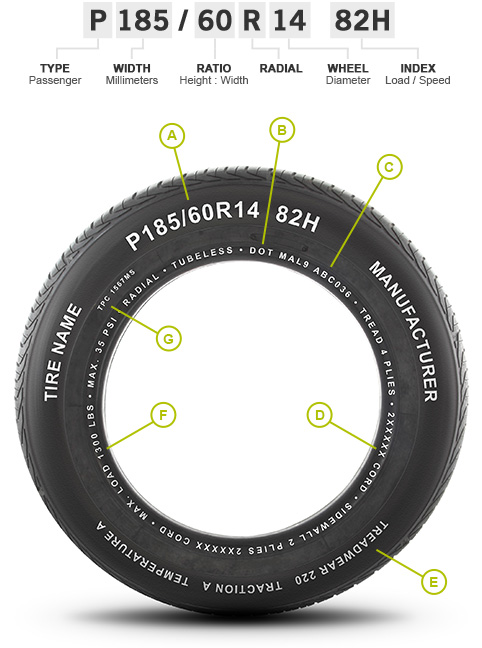 If you ever need to change tires under warranty, having these records will increase your chances of success.
If you ever need to change tires under warranty, having these records will increase your chances of success.
Are you used to doing everything yourself? Then you can rearrange the tires. If you can safely lift the car and remove the wheels, you can change the tires in your garage or on your driveway. In addition to the rearrangement pattern, you need to consider whether your tires are directional or non-directional, symmetrical or asymmetrical, and whether the tire pattern is staggered or square. If you are not sure about at least one of these points, it is better to entrust the work to a professional. Also consider that it is a smart move to put your tires in the hands of a competent professional from time to time. Tire specialists monitor their potential problems, identify misalignment and other issues that can affect tire condition/wear and vehicle performance.
For non-directional tires of the same size, you can use the diagonal swap pattern or move the front tires to the rear diagonal corner and the rear tires forward on the same side.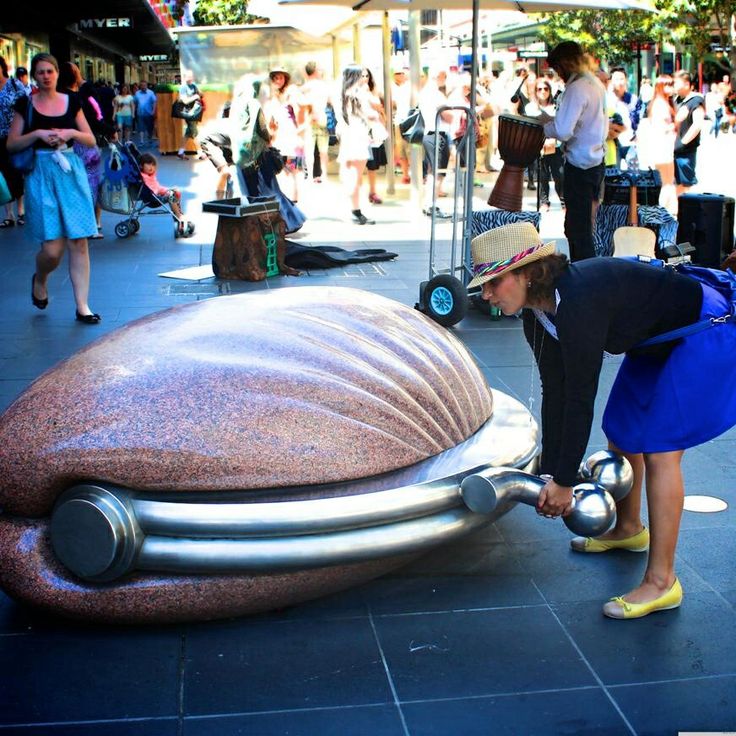
Also, due to the availability of modern tires, there is a need for 2 more rotation schemes:
 If you have a full-size spare tire, it should also be included in the swap scheme.
If you have a full-size spare tire, it should also be included in the swap scheme. tire shift diagram for 4WD and 4WD vehicles Vehicles with dual rear wheels and non-directional tires may use one of the following rotation patterns:
Winter and studded tires also need to be rearranged so that they serve for a long time and behave adequately on the road. For winter wheels, the rearrangement should be done more often, about once every 6000 km or once a season, whichever comes first.
For winter wheels, the rearrangement should be done more often, about once every 6000 km or once a season, whichever comes first.
Important: The direction of rotation for studded tires must never be reversed when changing!
See also: How to properly store winter tires? Can tires be stored on the balcony?
Tire rotation helps maintain your vehicle's performance and safety, extends tire life, saves you money, and gives you a good reputation with the tire manufacturer should you ever have tire problems or warranty claims.
Find out how to maintain your vehicle. For most vehicles, under normal driving conditions, the standard tire rotation interval is approximately every 8,000 to 13,000 km.
Maintaining your vehicle is the responsibility of the owner or driver. Interaxal rearrangement of wheels just refers to one of the types of maintenance.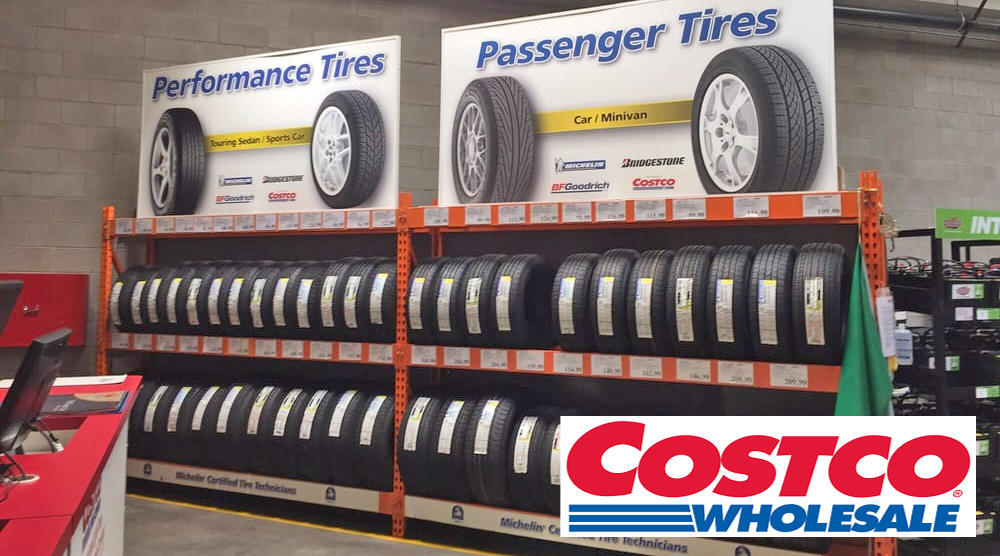 The tire castling rule is not new and has been used by drivers for many decades. Moreover, the procedure is equally useful for cars and trucks.
The tire castling rule is not new and has been used by drivers for many decades. Moreover, the procedure is equally useful for cars and trucks.
In addition to maintaining the technical characteristics in the handling of the car, the owners manage to delay the purchase of new wheels. And frugality of the personal budget is encouraged by family members. Unfortunately, the commandment of rubber castling is forgotten. She is remembered at a time of significant wear and tear.
Changing the wheels on the car, significantly extends the life of the tires. During the Soviet shortage, car owners treated their wheels more carefully, trying to use their full potential. Roughly speaking, rolling the whole set to holes, since it was problematic to get new tires.
Nowadays, the market is not in short supply. But, there is another misfortune - the economic crisis. For many years, the population has adapted to rationally spend money.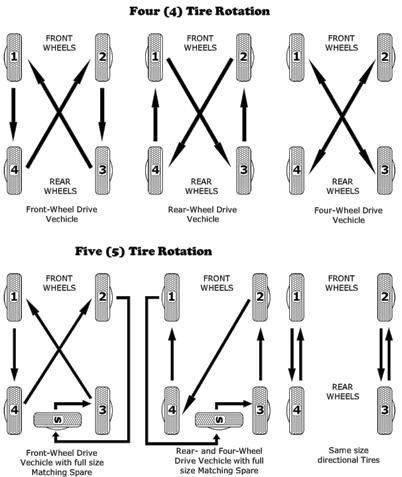 Buying new tires can be a big drain on your personal budget. Therefore, the rule of swapping wheels in places is again relevant today.
Buying new tires can be a big drain on your personal budget. Therefore, the rule of swapping wheels in places is again relevant today.
In order not to roll the tires to a deplorable state, which will make castling meaningless, it is necessary to get into the habit of keeping a logbook. According to the recommendations of auto exporters, tires should be swapped in places every 10-20 thousand kilometers. The difference in mileage depends on applied factors, among which:
By inspecting the wheels once a week and measuring the pressure, you can monitor changes in the technical condition of the machine. Timely repair and scheduled castling of wheels will ensure uniform wear of rubber.
The scheme of rearrangement of wheels, will help to make interchange effective. Before the procedure, it is recommended to mark each tire with a marker to avoid confusion. For each type of car, a specific interchange plan has been developed. Owners of front-wheel drive and all-wheel drive cars can use two options, and owners of rear-wheel drive cars can use one.
Before the procedure, it is recommended to mark each tire with a marker to avoid confusion. For each type of car, a specific interchange plan has been developed. Owners of front-wheel drive and all-wheel drive cars can use two options, and owners of rear-wheel drive cars can use one.

If the vehicle is fitted with wheels with an asymmetric tread (Rotation) and installation side (Inner, Outer), diagonal shifting is not possible. Only interaxal castling.
The process can be tedious. Especially if the tires with disks are to be beaded. But if the car owner has a desire to extend the life of the tires, this method of maintenance is necessary. In addition, it will allow the car to meet a certain level of safety. The main condition for success is to permute in the sequence established by the scheme.
Why do it at all? The tread on the rear and front axles wears out differently. The front of the car is more loaded. Regular turns accelerate the wear of the tread corners. In addition, when braking, the main load falls on the front of the car. As a result, tires on the front axle wear out faster. Rear tires are more likely to wear out in the center of the tread.